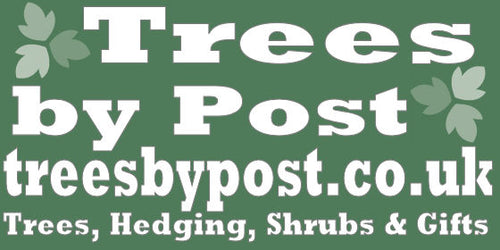
New Year - New Mixed Hedge, New Wildlife !
Native mixed hedging and wildlife hedging are important aspects of the UK's ecosystem.
Native mixed hedging involves the use of a variety of native shrubs and trees that have adapted to the UK environment over thousands of years. These plants include Hawthorn, Field Maple, Hazel, Hornbeam, Beech, Yew, and Box. They provide a dense, intruder-proof hedge, meet boundary requirements, and offer shelter and food for wildlife. Some of the best native shrubs for hedging include Alder Buckthorn, Hazel, Guelder Rose, Spindle, Dogwood, Holly, Dog Rose, and Wild Privet. These plants support a range of wildlife, from moth caterpillars to bees, squirrels, mice, and various bird species.
Wildlife hedging in the UK aims to create a habitat that supports a diverse range of flora and fauna. Hedges provide shelter, protection, and food sources for wildlife, particularly nesting birds and hibernating insects. They allow wildlife to move between gardens and other spaces, and provide feeding and breeding opportunities. Native shrubs and trees like Hawthorn, Field Maple, Blackthorn, Beech, Hornbeam, and Holly make an ideal mixture of hedging plants. You can also grow rambling plants, such as Dog Rose, and Honeysuckle, through your hedge to provide even more shelter and food for wildlife.
Remember, hedges should not be pruned until late winter or early spring so that wildlife can take advantage of the insects and fruits provided during the winter months. Also, to protect birds, wildlife hedges should not be trimmed in the nesting season (March to August).

